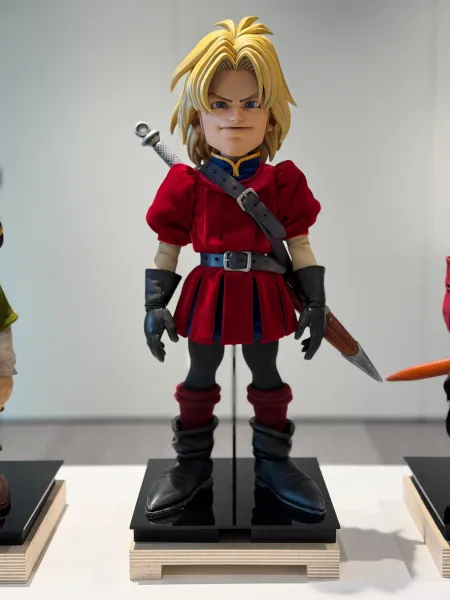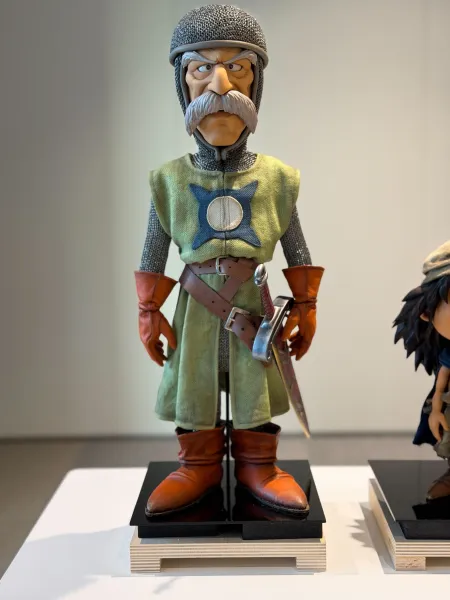Reading List
The most recent articles from a list of feeds I subscribe to.
Animal Crossing: New Horizon's 3.0 Update And Switch 2 Upgrade Look Fun, But Not Game-Changing

Platform:
Switch
Publisher:
Nintendo
Developer:
Nintendo
Release:
(Switch),
(Switch 2)
Rating:
Everyone
Animal Crossing: New Horizons is one of the biggest games of the past decade, and despite my assumptions that Nintendo would leave it behind with the Switch 2 generation, that's evidently not the case. Next year, New Horizons is getting a free update adding content for all players, as well as a Switch 2 upgrade, which adds improvements that make use of the new hardware's features and performance enhancements. The announcement was a welcome surprise, so I was eager to join a hands-off demo session earlier this month to get a closer look.

The presentation opened with a demonstration of the Switch 2-specific features, which are cute novelties, but few seem truly useful. Nintendo has essentially taken each of the console's new features and mapped them to a function in the game. Mouse controls are the simplest, but most exciting – players can use the mouse function to organize furniture in their house, make custom designs, and draw on the town bulletin board. The least exciting, however, is the megaphone. This new item allows you to call a villager's name into the Switch 2 microphone to bring them towards you, but it only works if you're both outside and they're within earshot. It's a fun concept, but in practice, its requirements seem too limited to be useful, especially since it takes up a precious inventory slot.
The Switch 2 also adds GameChat compatibility and increases the number of people who can visit an island to 12. That said, when a second player joins our demo presentation, there's a roughly 30-second loading screen – it would take a lot of patience to get a full party on an island. It also only works if all players are on the Switch 2 version. If you have a dozen people who really want to spend time in Animal Crossing together, it's a fun idea, but I would be shocked if this was a game-changer for many people.
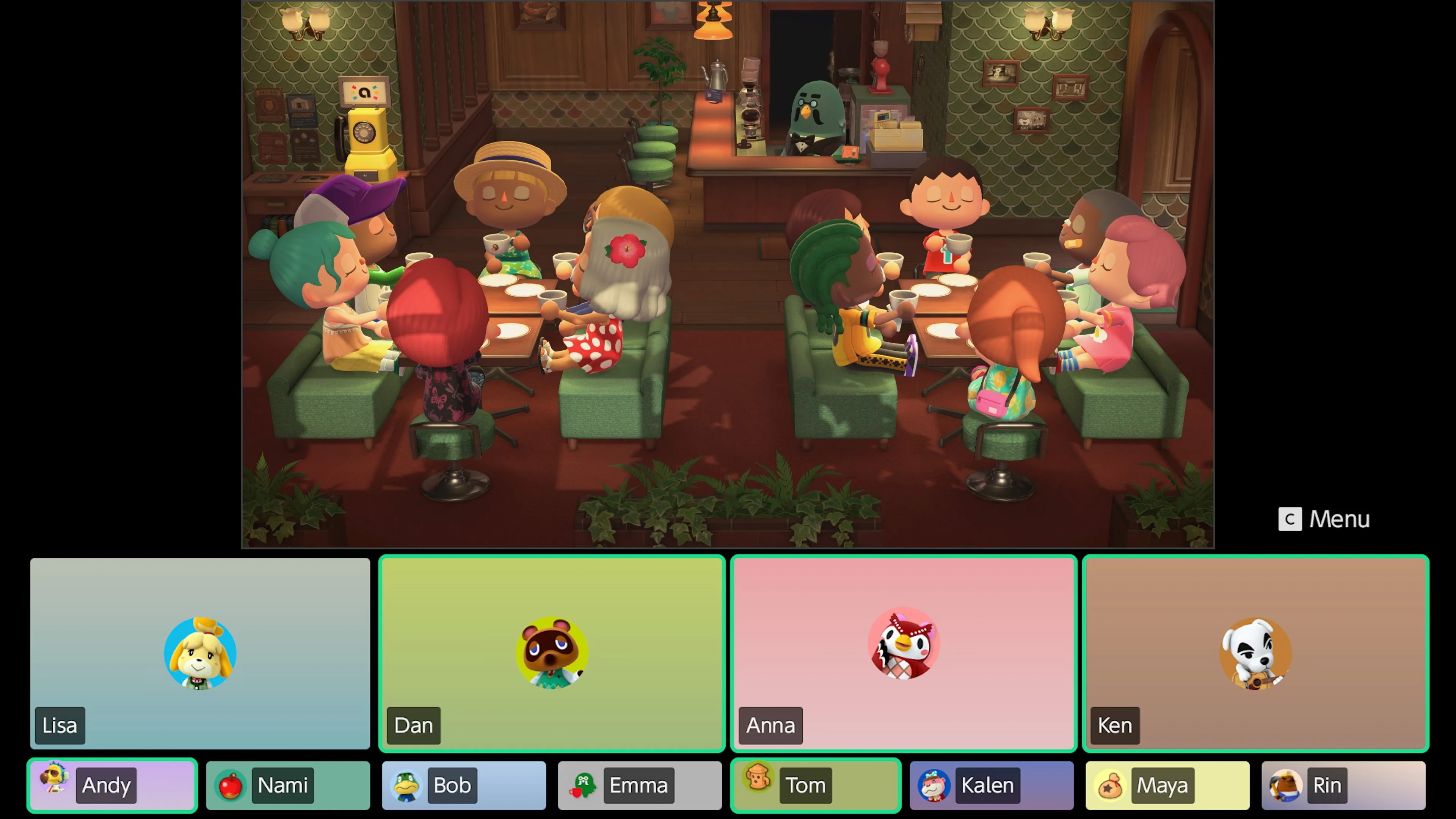
Thankfully, the more exciting enhancements will be available to all players, regardless of Switch model. Slumber Islands are the main draw. They're islands you can create, terraform, and decorate to your heart's content with friends. Creative Animal Crossing players have had to restructure their entire island to make creative designs before now, so this not only gives them three additional areas to design – it also frees their home island back up for whatever they want. They also come in multiple sizes: large (roughly the size of a standard island), medium, and small, which each accommodate different scales of design.
Slumber Islands can be decorated with any piece of furniture you've acquired in the waking world, along with trees, other outdoor plants, and even villagers – the demo includes a Residents portion of the menu that allows you to spawn in characters currently living on your island into the dream versions. It seems visitors can also spawn in their residents on your island – a second demoer spawns in Bob, for example, a character not present in the host's list of residents. There are a lot of benefits to decorating in multiplayer, but it's important to note that since each island is connected to one player's account, it can only be accessed while they're there. You can't work on the island while they aren't playing, and if they decide to leave, everyone gets kicked out. It's a reasonable precaution, in my opinion, but might be inconvenient if anyone was hoping to treat it like a shared Minecraft server.

New Horizons also gains a hotel in this update. You'll have to unlock it, and it's automatically connected to Kapp'n's pier, wherever that's placed on your island. Potential residents can visit and stay in rooms you design based on preset themes – I'd estimate 20 or so – which come with a selection of items that fit that vibe. In this demo, we see the Dreamy theme, which uses lots of pinks and pastel colors with snacks and a big stuffed teddy bear. Of course, you'll also be able to create custom themes, and I look forward to seeing people get creative and weird. Designing rooms earns you tickets, which can pay for special furniture items in the hotel lobby. You can also get tickets by selling a rotating selection of craftable items to Kapp'n in front of the hotel.
Players can also put clothing on mannequins in the lobby. When visiting villagers walk around the island, they can be seen wearing these clothes, kind of like how a tourist in New York would walk around wearing an "I Love NY" t-shirt.
Finally, the update adds various crossover decor sets to the game, including Splatoon, The Legend of Zelda, and Lego. Splatoon and Zelda can be unlocked by using amiibo from that respective series, and while amiibo scans are limited by day, it only takes one amiibo from the series to unlock all the crossover pieces. In other words, one Link amiibo can unlock every Zelda item – items aren't linked to specific figures.
The demo confirmed my initial thoughts on the update. It's cool that the game is still being supported, and hardcore players will have more options to keep playing each day, but it's not quite revolutionary enough to encourage the masses to all pick the game back up. That said, any complaints about unimpressive or plain features are offset by a simple, encouraging fact: the 3.0 update is free, and the Switch 2 features are only $4.99. Both will be available early next year, on January 15.
Game Informer Readers Top 50 Games Of 2025
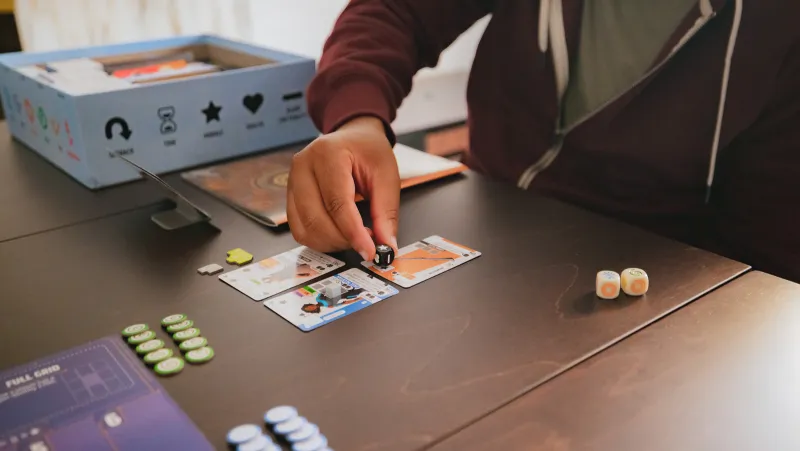
This year was absolutely overflowing with amazing games, but from our readers’ perspective, there was one very, very clear winner for game of the year. We used ranked positional voting – the Borda count method – to gather the results. Readers sent us their top five games of the year and 73% or respondents ranked Clair Obscur in their top five.
You can find your top 10 list below, as well as an additional 40 games. Thanks to everyone who sent us their top five list!
 Sword of the Sea
Sword of the Sea
50. The Roottrees Are Dead
49. Atomfall
48. Keeper
47. Mafia: The Old Country
46. Hell is Us
45. Fantasy Life i: The Girl Who Steals Time
44. Absolum
43. Sonic Racing: CrossWorlds
42. Sword of the Sea
41. The Hundred Line: Last Defense Academy
 The Alters
The Alters
40. Ninja Gaiden 4
39. Lies of P: Overture
38. Xenoblade Chronicles X: Definitive Edition
37. Dragon Quest I & II HD-2D Remake
36. The Alters
35. Shinobi: Art of Vengeance
34. Citizen Sleeper 2: Starward Vector
33. Cronos: The New Dawn
32. Like A Dragon: Pirate Yakuza in Hawaii
31. Digimon Story Time Stranger
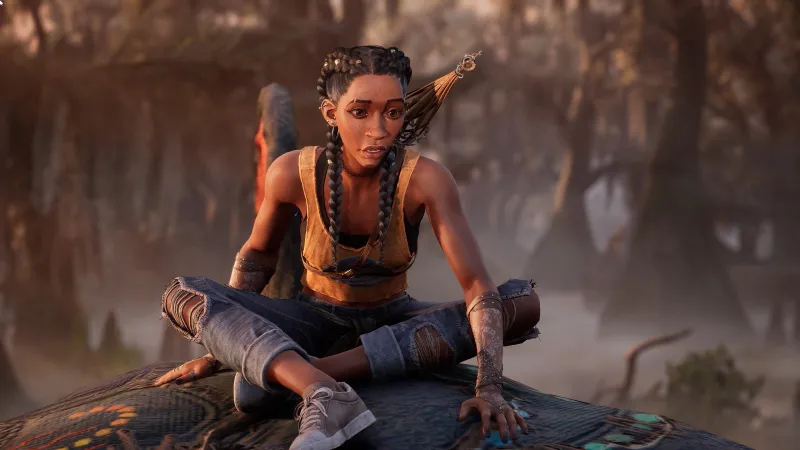 South of Midnight
South of Midnight
30. South of Midnight
29. Deltarune Chapters 3+4
28. Metal Gear Solid Delta: Snake Eater
27. Peak
26. Trails in the Sky 1st Chapter
25. Assassin's Creed Shadows
24. Monster Hunter Wilds
23. Elden Ring Nightreign
22. The Elder Scrolls IV: Oblivion Remastered
21. Ball x Pit
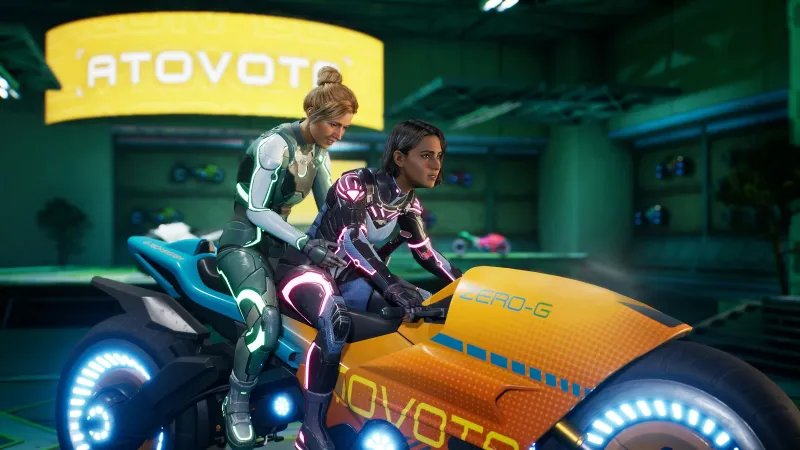 Split Fiction
Split Fiction
20. Pokémon Legends: Z-A
19. Final Fantasy Tactics – The Ivalice Chronicles
18. Mario Kart World
17. Borderlands 4
16. Avowed
15. Doom: The Dark Ages
14. Silent Hill f
13. The Outer Worlds 2
12. Battlefield 6
11. Split Fiction
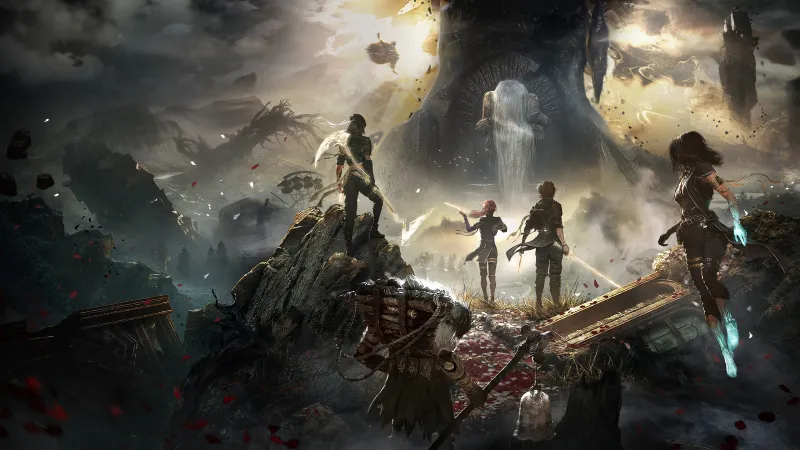 Clair Obscur: Expedition 33
Clair Obscur: Expedition 33
10. ARC Raiders
9. Blue Prince
8. Dispatch
7. Death Stranding 2: On The Beach
6. Donkey Kong Bananza
5. Ghost of Yōtei
4. Hollow Knight: Silksong
3. Hades II
2. Kingdom Come: Deliverance II
1. Clair Obscur: Expedition 33
An Exclusive Look At The Dolls Behind Dragon Quest VII Reimagined's Unique Visuals
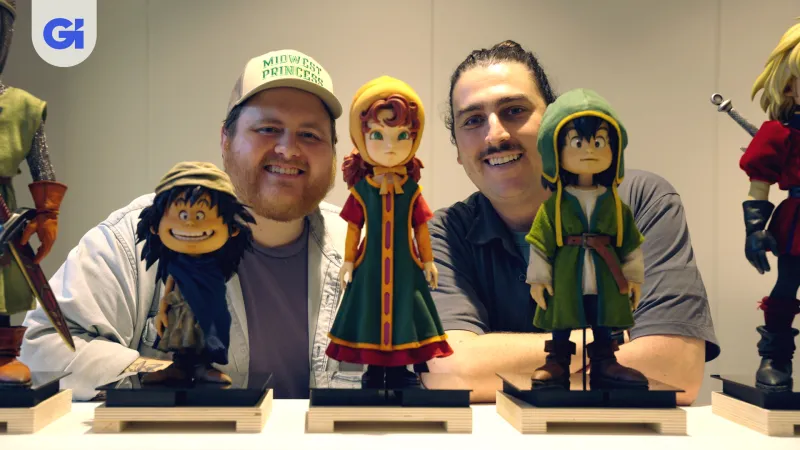
Dragon Quest VII Reimagined is the latest game to grace the cover of Game Informer, and to write that cover story, I traveled to Tokyo, Japan, to visit Square Enix's Shibuya offices and play the game, interview the team behind it, and even check out the dolls foundational to this remake's unique aesthetic. While the dolls were out, we captured some exclusive video of each, giving you a close-up look of Reimagined's party members: Hero, Maribel, Kiefer, Ruff, Aishe, and Sir Mervyn.
Alongside that, we spoke to Reimagined director Masato Yagi about the decision to create a doll-like visual style and the diaorama-esque aeshetic of Estard and the surrounding world. But before that, check out this exclusive video about the dolls:
When I ask Yagi how the team landed on these dolls, going so far as to pay a local Japanese doll studio, Studio Nova, to create them, he says it's about Akira Toriyama's art in the original game.
"The reason or factor [for] the doll-and-handcrafted aesthetics is that when you look at the original character designs from Akira Toriyama, when compared with other Dragon Quest character designs, the characters of Dragon Quest VII are drawn in a shorter scale," Yagi says. "I think that really matched the unique aesthetics of the storytelling of Dragon Quest VII. The doll [visual look] really meshed well together [with that art and aesthetic of DQVII]."
Yagi adds, "The original story of Dragon Quest VII involved, as you know, the protagonists – as they move forward with their progress and their adventures, more islands [to explore and visit] are revealed; there are more areas that they can explore. I think that system just kind of made sense and just fits well with the diorama aesthetic, too."
You can see firsthand how these doll aesthetics work in Dragon Quest VII Reimagined when it launches on February 5 on PlayStation 5, Xbox Series X/S, Switch 2, Switch, and PC.
In the meantime, check out this article breaking down everything in the Dragon Quest VII Reimagined issue of Game Informer, and be sure to subscribe here if you haven't yet to access the Dragon Quest VII Reimagined cover story, our deep dive into Dragon Quest history with creator Yuji Horii, and so much more.
Do you like the doll aesthetic? Let us know in the comments below!
The Steam Winter Sale Starts This Week And Includes Discounts On Hades II, Dispatch, Elden Ring Nightreign, And More
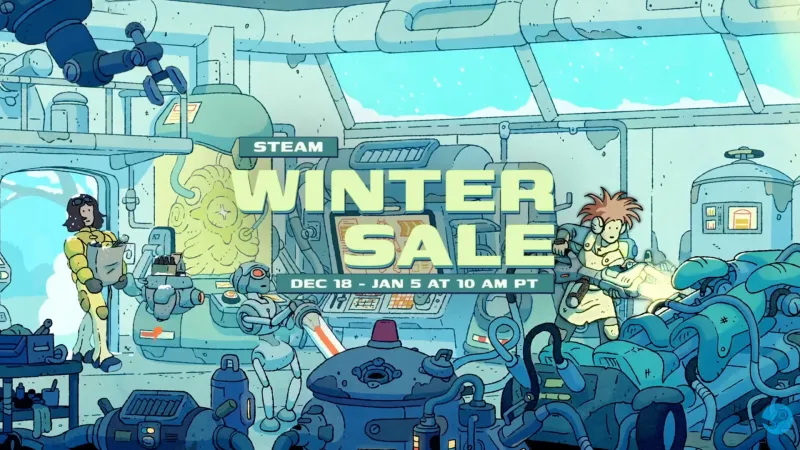
It's that time of the year again – snow is falling (in some places), stores are busier than ever, decorations overtake lawns, and the temperatures beg you to stay inside and enjoy some video games. Like every year, Steam is answering the call with its annual Steam Winter Sale and the 2025 edition promises discounts on some of the year's biggest games when it goes live this Thursday, on December 18, at 10 a.m. PT.
Though we don't know exact pricing discounts just yet, if you're familiar with this yearly sale, you know the discounts can be quite steep. Steam released a trailer highlighting some of the games that will be on sale. If you were waiting to purchase some of the year's biggest and best releases, this might be your moment because the Steam Winter Sale 2025 includes discounts on Dispatch, Hades II, Elden Ring Nightreign, Kingdom Come: Deliverance II, Borderlands 4, and more.
Here are the other games mentioned in the Steam Winter Sale 2025 trailer:
- Tainted Grail: The Fall of Avalon
- Dynasty Warriors: Origins
- Borderlands 4 – Our Review
- Dune: Awakening
- Dying Light: The Beast – Our Review
- The Last of Us Part II Remastered
- Rematch
- Slime Rancher 2
- Kingdom Come: Deliverance II – Our Review
- Megabonk
- Digimon Story Time Stranger
- R.E.P.O.
- Assassin's Creed Shadows – Our Review
- Marvel's Spider-Man 2 – Our Review
- RV There Yet?
- Escape from Duckov
- Dispatch – Our Review
- Deltarune
- Elden Ring Nightreign – Our Review
- Hades II – Our Review
- Drive Beyond Horizons
The Steam Winter Sale 2025 begins Thursday, December 18, at 10 a.m. PT and will run through January 5.
What games are you hoping to pick up? Let us know in the comments below!
Stellar Blade Director Receives Special Award From The President Of South Korea For Video Game Contributions
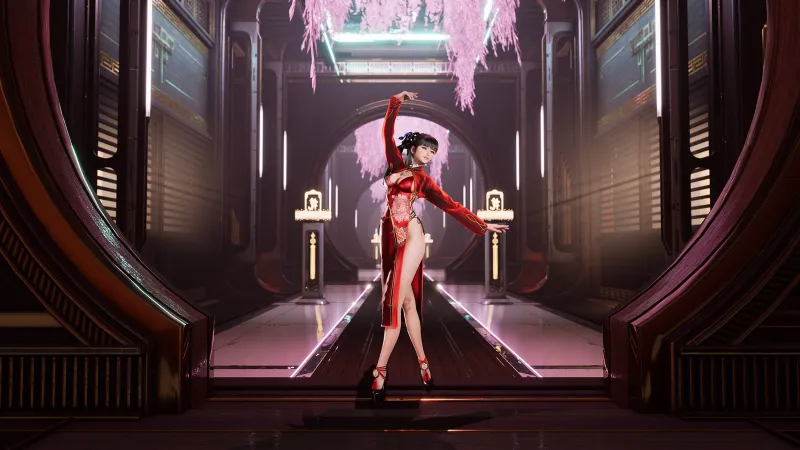
Stellar Blade director Hyung-tae Kim has received a Presidential Commendation award for his contributions to the country's video game industry. Automaton (via Daum) reports that Kim was recognized "for his achievements in enhancing the country's global competitiveness in the game industry through Shift Up," which is the Stellar Blade and Goddess of Victory: Nikke studio that he leads as CEO, as noted by IGN.
The Korea Content Awards is hosted by South Korea's Ministry of Culture, Sports, and Tourism and aims to honor individuals and groups that contribute to the country's content development, whether that be games, movies, TV, or something else. Automaton writes that Kim accepted the award in person, thanking the Shift Up development team and the studio's fans. He also spoke about Shift Up's ongoing work on a sequel to Stellar Blade and other projects.
"This Presidential Commendation is thanks to the development team and fans who believed in and supported Shift Up," Kim reportedly said after accepting the award. "We will continue to do our utmost to further showcase the competitiveness of Korean games on the global stage."
Speaking of that sequel, Shift Up's latest financial earnings reveal the team aims to release its sequel to Stellar Blade before 2027, indicating it could be on the way next year. We'll have to wait and see, though, if that actually happens.
In the meantime, read Game Informer's Stellar Blade review.
[Source: Daum via Automaton, IGN]
Did you play Stellar Blade? Let us know what you think of it in the comments below!


